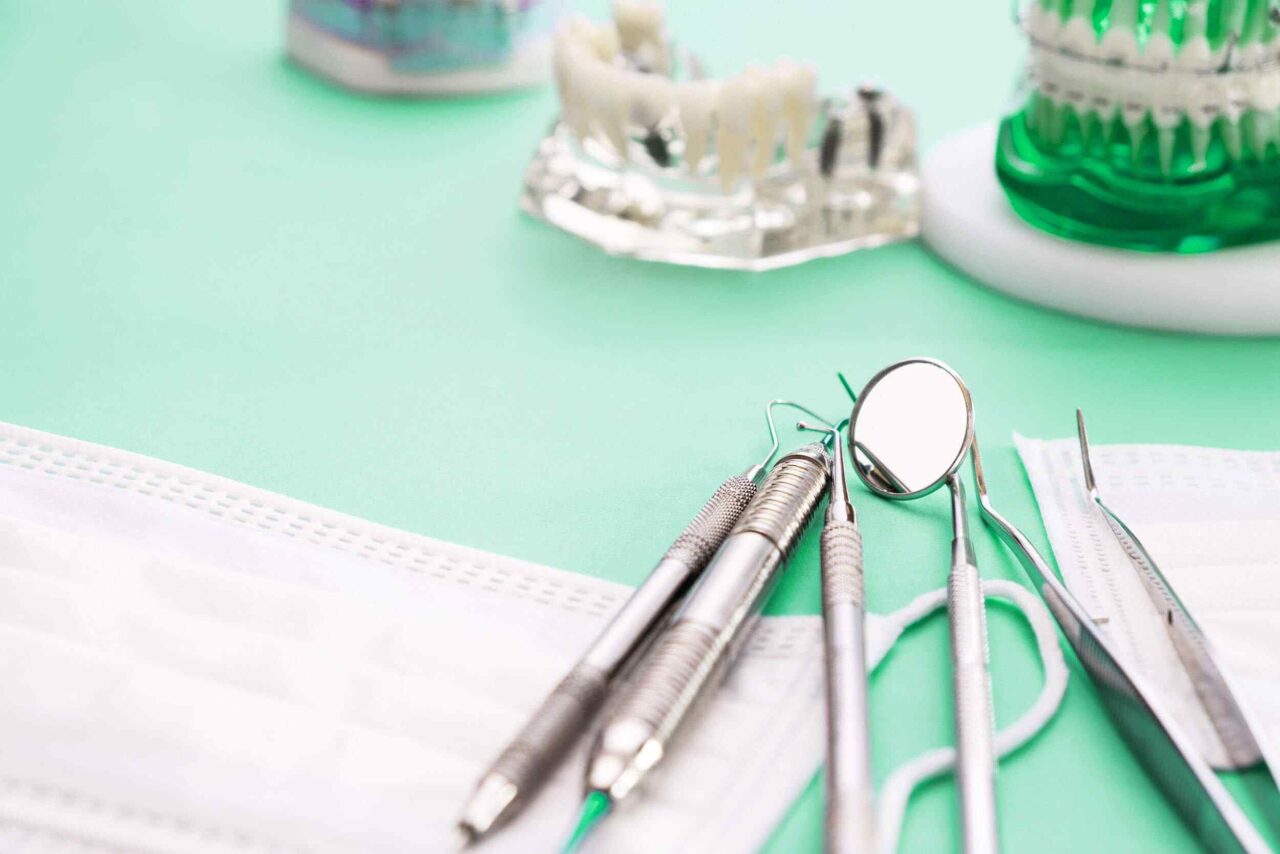Frequently asked
Questions
The best results are achieved by wearing a fixed prosthesis during puberty, when growth is most intense, that is, between the ages of 12 and 16. This is important because this type of treatment should not be delayed because after this period the therapeutic possibilities are less!
A removable prosthesis by no means excludes the wearing of a fixed prosthesis, but in some cases it is sufficient to wear only a movable one if the irregularity is mild. Also, after puberty, wearing a removable denture loses its meaning, so that often a removable denture is the solution when the teeth are changing, because there are no conditions to install a fixed one. With a fixed prosthesis, force control is certainly much better, and wearing it does not depend on the will of the patient.
Dentures cannot damage the teeth in any way, but inadequate hygiene while wearing them can certainly affect the health of the teeth and gums.
If the structure of the tooth enamel is unchanged and if proven methods are used according to the dentist's instructions, teeth whitening is not harmful to the tooth enamel!

In some cases, it is inevitable to extract some teeth, whether they are healthy, repaired or diseased, in order to successfully perform orthodontic treatment!
As early as one year old, the child could familiarize himself with the environment of the dentist's office. This, of course, includes monitoring tooth eruption, assessment of risk factors for caries, and advice on maintaining the hygiene of children's mouths if there is no problem. At the age of 3, the child already has all milk teeth and it is necessary to bring them for periodic check-ups every 6 months if there is no greater risk, and if there is, more often.
This is completely irelative and depends on the patient's pain tolerance threshold and the skill and attitude of the therapist. Modern dentistry certainly advocates repair with anesthesia because the pain tolerance threshold is getting lower and lower.

